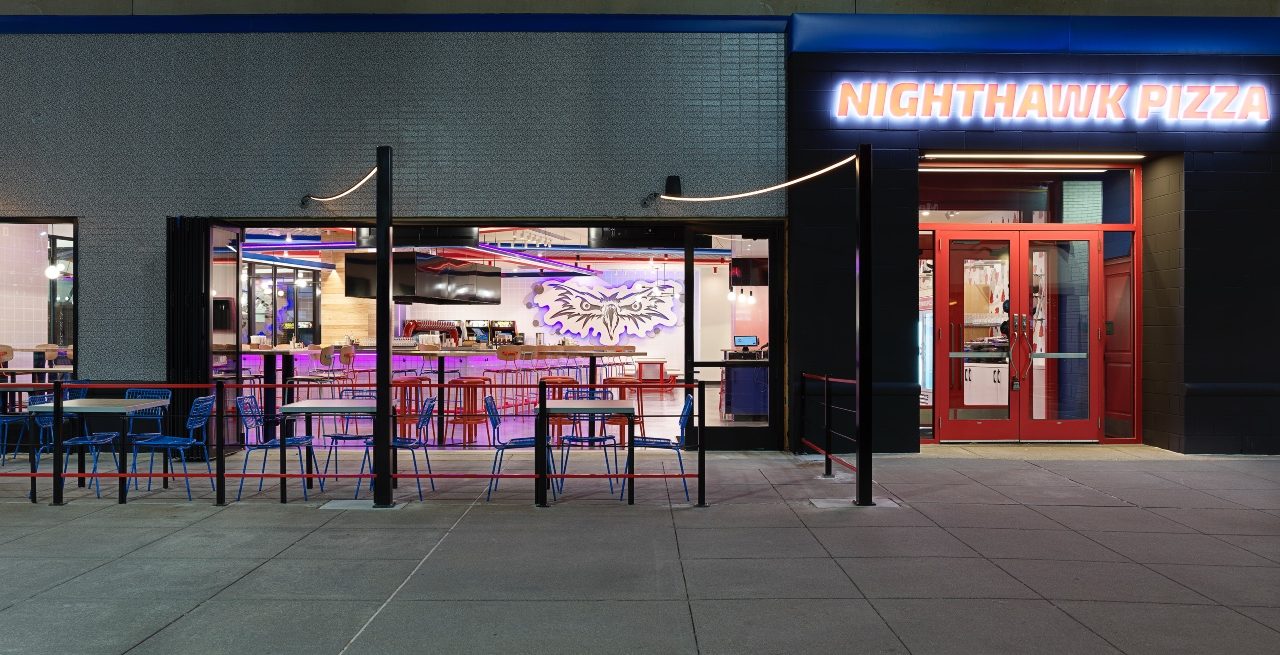Finding New Purpose Through Repurposing Space
3 Min Read By MRM Staff
When doors close, windows of opportunity open with vacant real estate providing new homes for growing F&B brands. According to the hospitality experts at Washington D.C.-based architecture and design firm //3877, newly-available real estate offers prime locations and cheaper rent for fast casual restaurants such as taco shops and upscale burger joints.
By repurposing the existing infrastructure of the vacant buildings, restaurateurs can bring about new concepts with ease. Many vacated properties already include essential elements including plumbing lines, ventilation systems, and kitchen layouts, which can significantly reduce the cost and time associated with establishing a physical space.
For a deeper dive into this trend, Modern Restaurant Management (MRM) magazine spoke with the David Shove-Brown and David Tracz, Partners and Co-Founders of //3877.
Is this a recent trend or something that has happened for a long time and is just happening more now with more closures?Even…
Sorry, You've Reached Your Article Limit.
Register for free with our site to get unlimited articles.
Already registered? Sign in!

